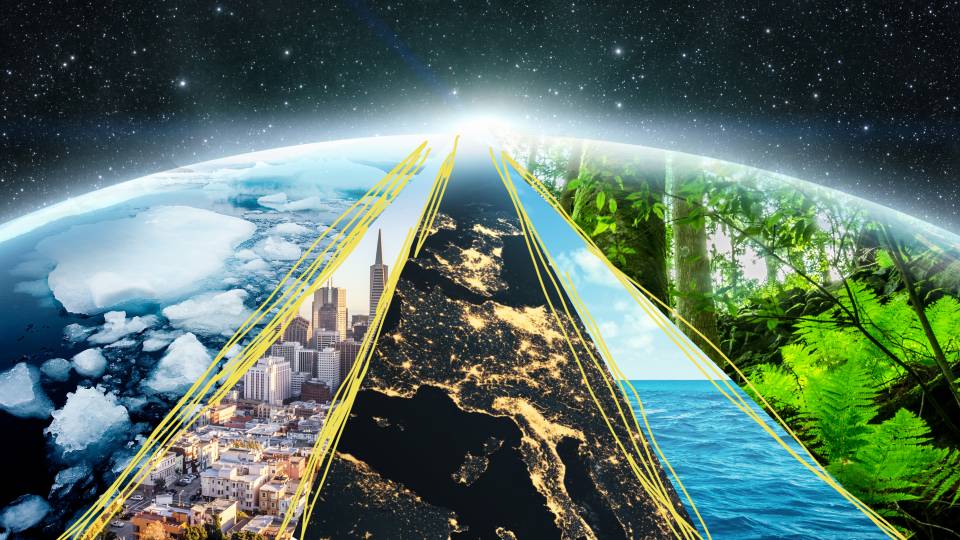The significant feature of the special report released Nov. 18 by the Intergovernmental Panel on Climate Change (IPCC) is its focus on governmental responses to climate disasters including those related to climate change, according to Michael Oppenheimer, a Princeton University professor and a coordinating lead author of the report.
Oppenheimer, the Albert G. Milbank Professor of Geosciences and International Affairs at Princeton, is in Uganda for the release of the IPCC's special report, "Managing the Risks of Extreme Events and Disasters to Advance Climate Change Adaptation," and has provided comments for the media regarding the report's significance.
A long-time participant in the IPCC, Oppenheimer directs the Program in Science, Technology and Environmental Policy (STEP) in Princeton's Woodrow Wilson School of Public and International Affairs. He can be contacted through Princeton science writer Morgan Kelly at 609-258-5729, or mgnkelly@princeton.edu.
*Q: What about the focus and conclusions of this report differs from past IPCC reports?
Michael Oppenheimer: This report is about how to prepare for a world where the risk of climate-related disaster is increasing. Three of the report's key points are: People and governments are doing a poor job with today's climate; damages have run as high as $200 billion in recent years. Second, the frequency or intensity of some types of climate extremes which lead to disaster, for example heat waves, is increasing, probably due to the buildup of greenhouse gases from human activity. Third, risk can't be eliminated but it can be reduced by a combination of emissions reduction and action to limit human exposure and vulnerability to extreme weather and climate.
*Q: What has changed in recent years that contributed to that shift in focus?
Oppenheimer: Governments have become concerned with our limited ability to deal effectively with climate and weather extremes such as Hurricane Katrina, the killer heat wave that struck Western Europe in 2003 or the intense flooding rains that struck Pakistan last year. Such occurrences exposed the limits of our ability to adapt to the type of events that are expected to increase in intensity or frequency in the future. At the same time, greenhouse-gas emissions have continued to increase, so many governments have grown more concerned about the extent of climate change in store and its consequences for extreme events. These concerns spurred a request to the IPCC to produce this report.
*Q: What are the wider effects of extreme events beyond the occurrences themselves?
Oppenheimer: While limiting greenhouse-gas emissions and improving our precautionary responses can reduce the risk, we are headed for a world where some changes in extremes are essentially inevitable — particularly the increasing intensity and frequency of heat waves. One of the unfortunate aspects of high vulnerability is that non-extreme events can more easily lead to subsequent disasters. For example, an increased risk of forest fires in a warming climate can result in deforested slopes which pave the way for landslides during heavy rains, turning what might have been just a very wet day into a local disaster. Such events already occur in California, for example, and future increases in fire risk and intensity of rains could make these disasters more regular occurrences.
*Q: What work remains for scientists to better understand the causes and severity of these events?
Oppenheimer: The ability to predict the increases in extremes in a warming world is still quite limited and we need to sharpen our tools. Furthermore, our understanding of the factors that will put people at risk for specific types of events in a warming world — really a sociological question — is only now emerging. A key factor in all disasters is the vulnerability and exposure of populations: the citizens of New Orleans who lived below sea level; people without access to shelter or air conditioning during heat waves; or residents of arid regions like the southwestern U.S. who have few water resources in reserve to withstand increased drought. The combination of exposure to weather and climate extremes, high vulnerability, and increased intensity of these sorts of events as the world warms could be expensive and deadly.


